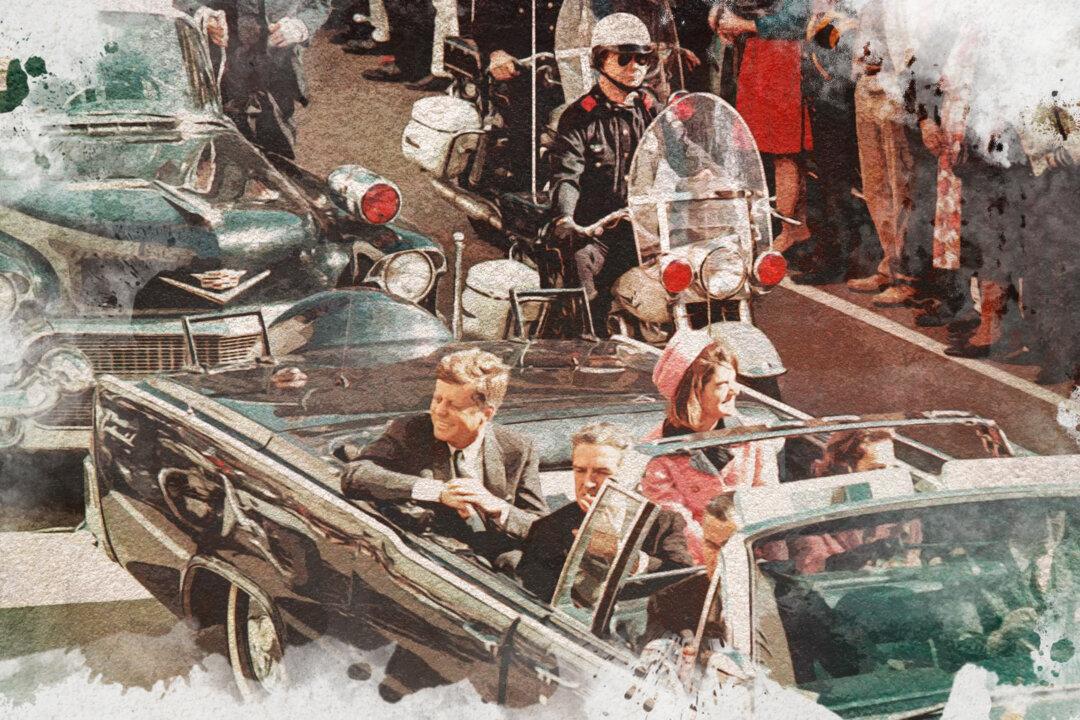The Russiagate saga went into overdrive in May 2017 when President Donald Trump fired FBI director James Comey, marking the start of a two-year investigation that seriously hobbled Trump’s presidency. If we were to believe the corporate media, it was the president’s son-in-law, Jared Kushner, who came up with the idea of firing Comey.
Not so, says Kushner in his new memoir. The real story of Comey’s firing is that Trump noticed that something “was off” about Comey when he testified before Congress in the weeks ahead of his firing. Over dinner with Kushner and Melania and Ivanka Trump, President Trump told the others that Comey’s testimony was “erratic and inauthentic” and started drafting a letter firing Comey.





